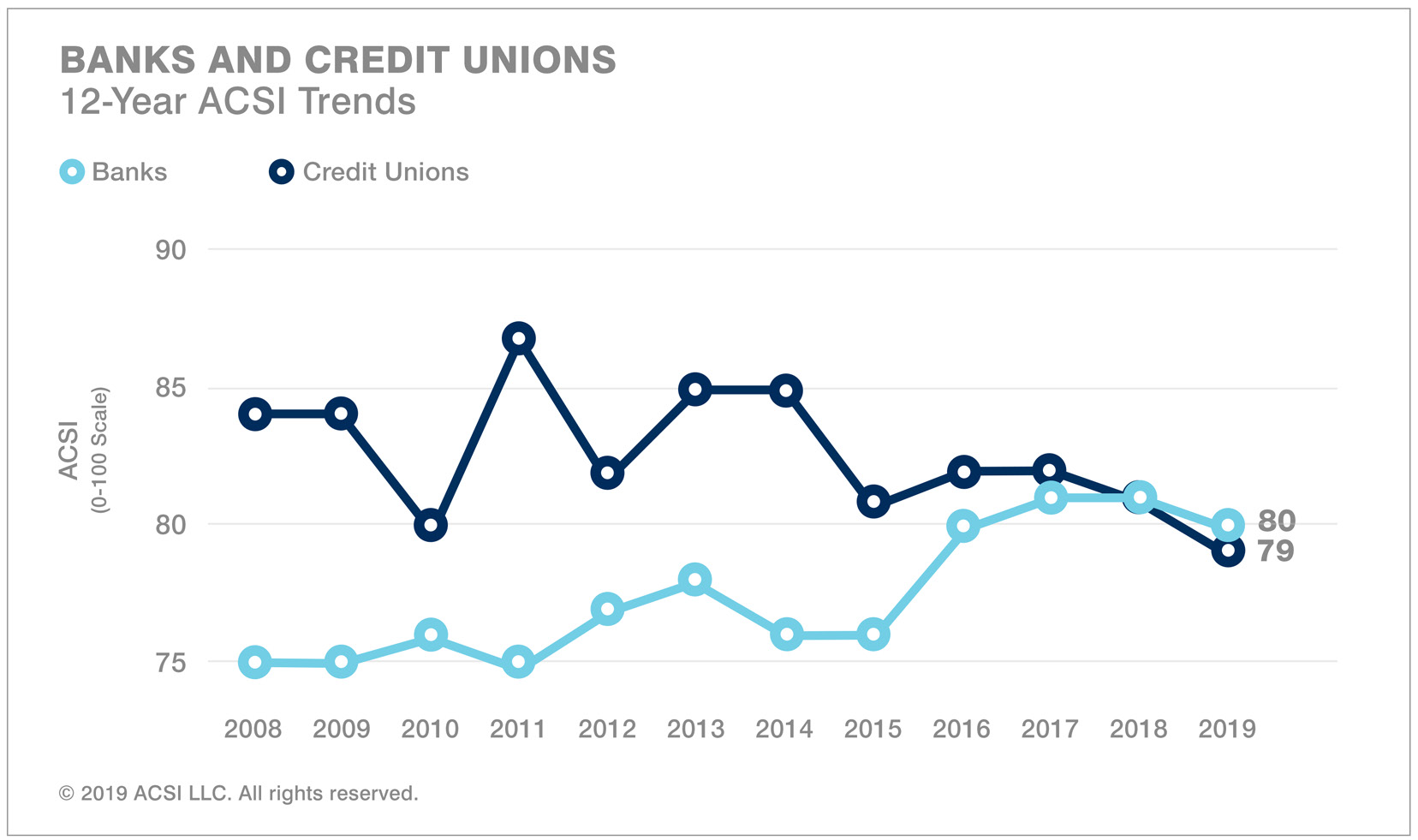Keep Climbing the Digital Mountain
October 28, 2020
4 minute read – The financial industry has been focused on building and improving digital channels for a number of years and has achieved great progress. At the same time, the bar keeps moving. The continued push toward digital is driven by consumers, the financial services industry, the retail industry, and most recently, COVID-19.
It was late last year when ACSI reported that banks had finally overtaken credit unions on overall customer satisfaction. In fact, credit union scores decreased. With the emphasis the industry has placed on member experience and digital channels, it’s doubtful that credit unions are getting worse at what they do, but it is likely that member expectations continue to increase – the bar keeps getting higher.

Earlier this year, JD Power reported that overall customer satisfaction with retail banks tends to decline as customers move to digital-only, and yet movement to digital-only or mobile-first is the behavioral trend you’re faced with. This presents an opportunity to focus on a known gap – the ability to fully engage members through digital channels.
Turning this industry gap into an advantage starts with a clear vision of your digital strategy. Consider these questions:
- What is the purpose of your digital strategy? Are you simply trying to provide alternatives for doing business digitally or are you creating an experience with minimal friction, increased personalization, and relevant offers, that also communicates the essence of who you are as a credit union without relying on traditional channels?
- What is your value proposition for your digital channels? If it is the same as your other channels, are you truly delivering it digitally? What strengths do you need to deliver it?
- Are you trying to be digital-first? If so, have you designed or re-designed your digital channels from the ground up using fresh perspectives rather than replicating what happens in a branch?
- In 2019, Pew Research reported that 81% of American adults own smartphones. That jumps to 96% for 18-29 year olds. Does your technology roadmap consider your member’s experience via smartphone, digital assistants, voice user interfaces, and other advances on the horizon?
- Does your talent and organizational structure support and advance your digital strategy?
If your answers point toward the need to fully engage members through digital channels, use the knowledge of this gap to focus your efforts. Strategic allocation of resources is key, especially in financially challenging times. Consider the cost of not nailing this. The way the industry responded to COVID-19 shows that meeting this challenge is entirely within reach, too.




